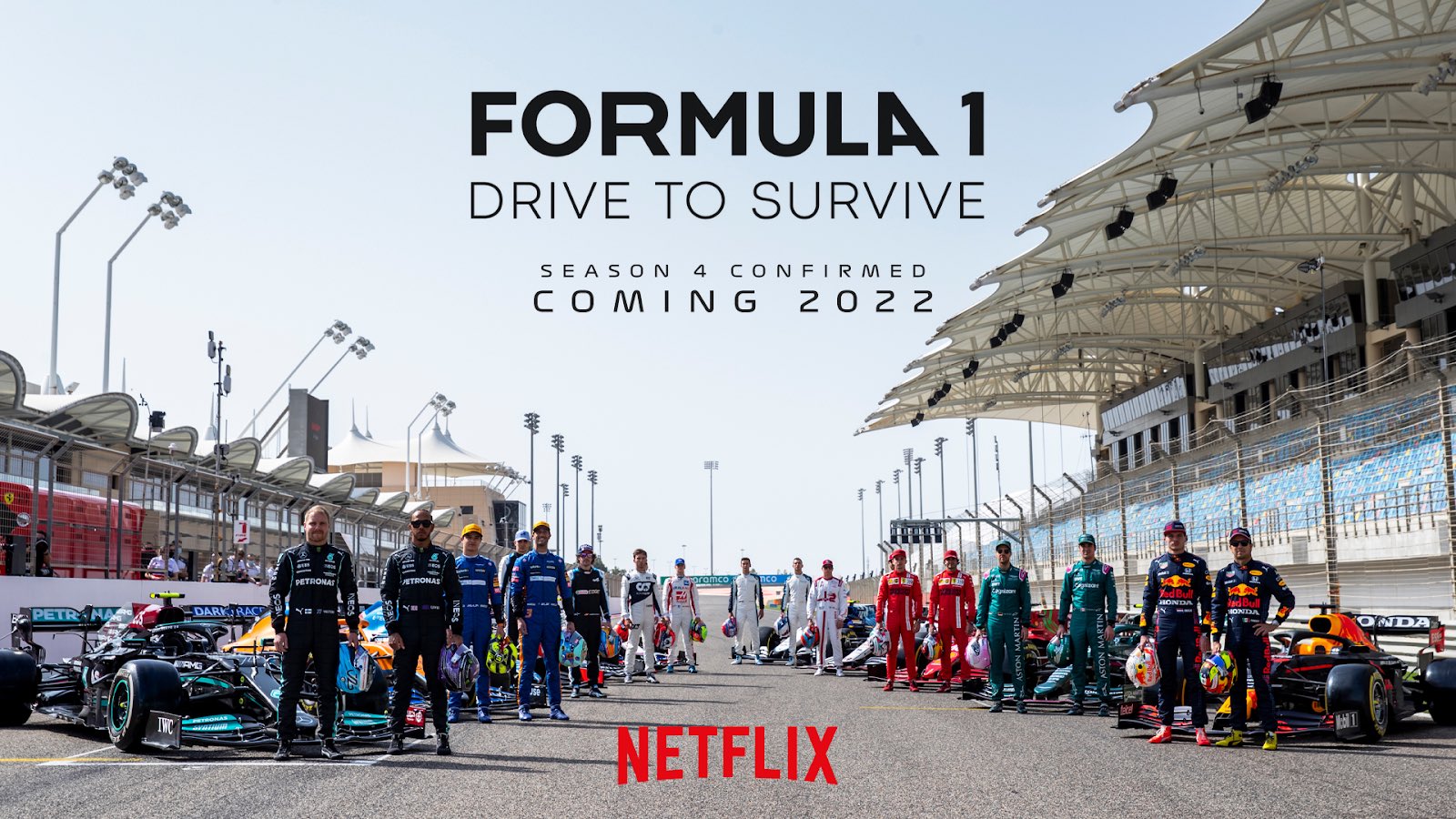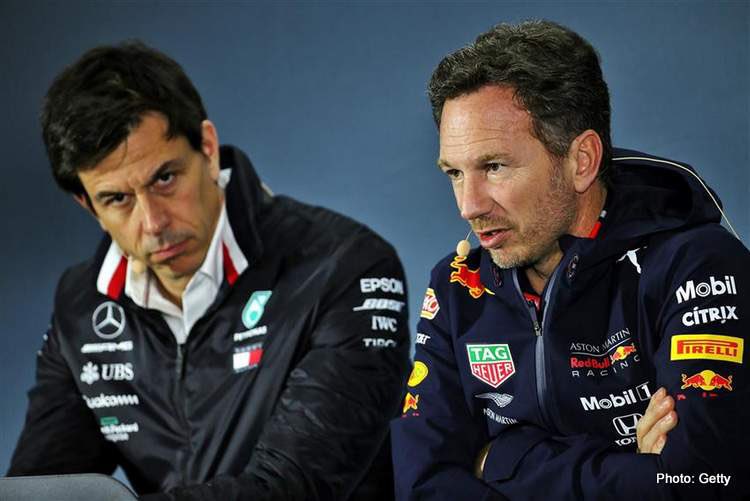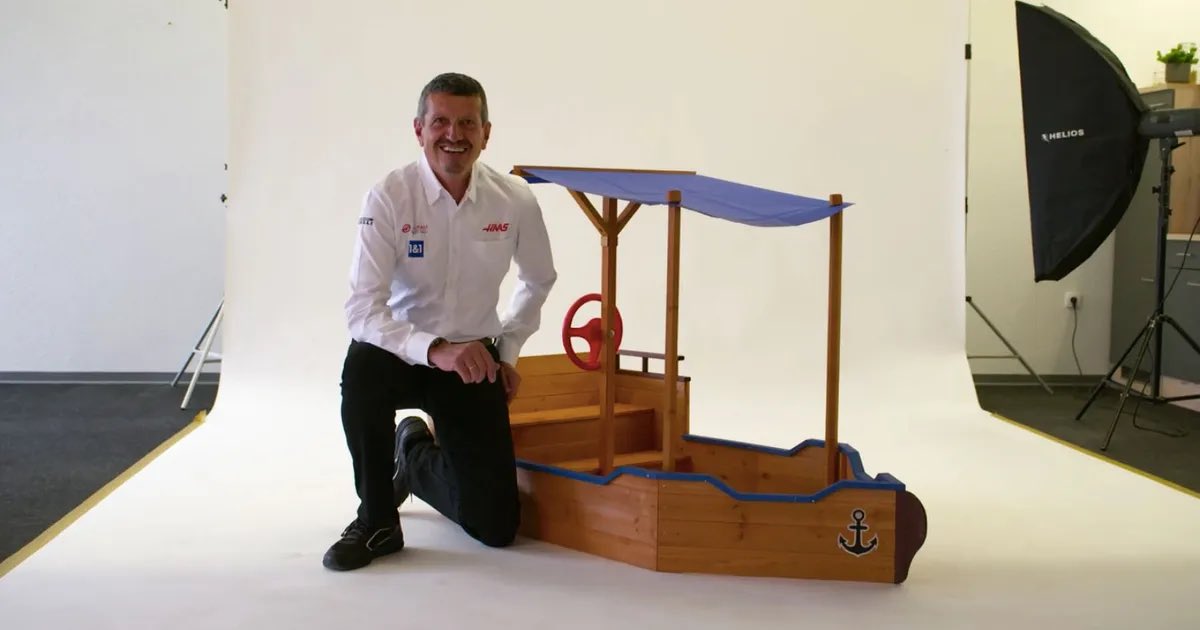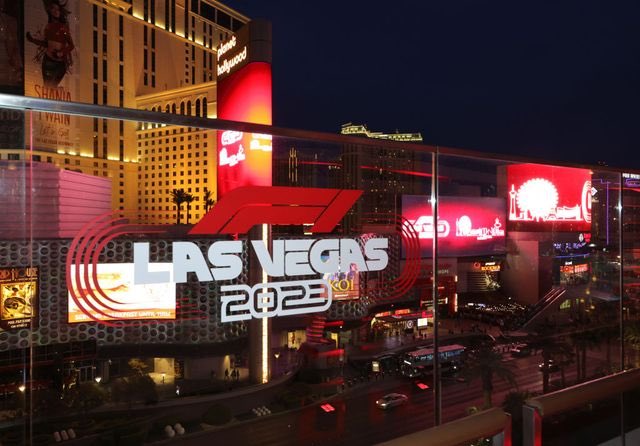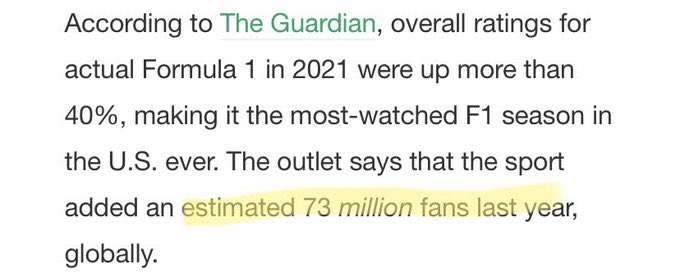Thread
Formula 1 is a $13 billion global behemoth.
But — until 2019 — it failed to crack the US market.
Then it launched Drive To Survive, the most effective content campaign in history.
Here’s a breakdown:
But — until 2019 — it failed to crack the US market.
Then it launched Drive To Survive, the most effective content campaign in history.
Here’s a breakdown:
In 2015, the former CEO of Formula 1 summed up the sport’s approach to marketing:
“I’d rather get the 70-year-old guy who’s got plenty of cash. So there’s no point trying to reach these kids.”
As great as that strategy sounds, it failed.
Then Liberty Media bought F1 in 2016…
“I’d rather get the 70-year-old guy who’s got plenty of cash. So there’s no point trying to reach these kids.”
As great as that strategy sounds, it failed.
Then Liberty Media bought F1 in 2016…
Liberty’s first order of business? Addressing the ‘US issue.’
“The sport had long attracted premium advertisers in Europe, but failed to find an audience in the US.”
Liberty’s idea — position F1 as a content company.
“The sport had long attracted premium advertisers in Europe, but failed to find an audience in the US.”
Liberty’s idea — position F1 as a content company.
2 years later F1 announced a deal with Netflix for a docuseries.
It got little attention and many in F1 thought it was dumb.
The two biggest teams at the time (Mercedes and Ferrari) refused to participate.
It got little attention and many in F1 thought it was dumb.
The two biggest teams at the time (Mercedes and Ferrari) refused to participate.
Red Bull was the only top team to participate in S1.
A blessing in disguise.
It forced the producers to focus on:
— The championship battle
— The mid tier
— The bottom tier
Giving viewers a relationship with all 20 drivers.
A blessing in disguise.
It forced the producers to focus on:
— The championship battle
— The mid tier
— The bottom tier
Giving viewers a relationship with all 20 drivers.
Storytelling is about maximizing tension and conflict.
Formula 1 is set up to do just that, in a unique way.
There are two dynamics to watch:
— Tension between teammates
— Tension between teams
Let’s talk about each.
Formula 1 is set up to do just that, in a unique way.
There are two dynamics to watch:
— Tension between teammates
— Tension between teams
Let’s talk about each.
Tension between teammates:
Only one other driver has the EXACT SAME car as you – your teammate.
If someone else beats you, you have an excuse…
But if your teammate beats you, he was simply better than you.
Only one other driver has the EXACT SAME car as you – your teammate.
If someone else beats you, you have an excuse…
But if your teammate beats you, he was simply better than you.
In fact, there are 2 championships — one for Individuals and one for Teams
This creates a fascinating dynamic between teammates (S1):
— Verstappen / Ricciardo
— Hamilton / Bottas
— Leclerc / Vettel
As a viewer, it’s incredible TV.
This creates a fascinating dynamic between teammates (S1):
— Verstappen / Ricciardo
— Hamilton / Bottas
— Leclerc / Vettel
As a viewer, it’s incredible TV.
Then you have the dynamic between teams.
With only 10 teams, finishing 1 or 2 spots above or below where you’re projected means making (or losing) tens of millions.
The team principals and owners best show this:
— Horner / Wolff
— Brown / Stroll
— Guenther
With only 10 teams, finishing 1 or 2 spots above or below where you’re projected means making (or losing) tens of millions.
The team principals and owners best show this:
— Horner / Wolff
— Brown / Stroll
— Guenther
Max Verstappen, the reigning world champ, accused DTS of ‘dramatizing’ F1.
He’s not wrong.
It’s the same tactic used by Hard Knocks and the Ultimate Fighter.
1. Identify season-long storylines
2. Magnify the drama
3. Profit
The results are staggering:
He’s not wrong.
It’s the same tactic used by Hard Knocks and the Ultimate Fighter.
1. Identify season-long storylines
2. Magnify the drama
3. Profit
The results are staggering:
Since DTS launched in 2019, F1 has seen:
— 40% increase in US viewership
— 7 of the 10 most watched races ever
— the most attended race ever: 400,000 at the 2021 US Grand Prix in Austin
F1’s doubling down on the US, starting with the 2022 Miami Grand Prix and Vegas in 2023.
— 40% increase in US viewership
— 7 of the 10 most watched races ever
— the most attended race ever: 400,000 at the 2021 US Grand Prix in Austin
F1’s doubling down on the US, starting with the 2022 Miami Grand Prix and Vegas in 2023.
The success has translated directly to dollars.
Formula 1’s valuation has gone from $8B to $13B in just 3 years (63% increase).
Plus, teams are seeing an inflow of cash from the biggest brands in the world.
Formula 1’s valuation has gone from $8B to $13B in just 3 years (63% increase).
Plus, teams are seeing an inflow of cash from the biggest brands in the world.
Less than 20% of Drive To Survive is actually racing.
Why?
In a sport where drivers wear helmets, seeing their faces and personalities drives more affinity for new fans.
F1 estimates the show has earned 73 million new fans 🤯
Why?
In a sport where drivers wear helmets, seeing their faces and personalities drives more affinity for new fans.
F1 estimates the show has earned 73 million new fans 🤯
What shocked me?
Netflix actually pays Formula 1 a licensing fee for Drive To Survive.
Essentially, F1 gets paid to air one of the best commercials ever.
That’s brilliant.
Netflix actually pays Formula 1 a licensing fee for Drive To Survive.
Essentially, F1 gets paid to air one of the best commercials ever.
That’s brilliant.
Hope you enjoyed that.
I write about storytelling and creativity 1-2x per week.
Follow @nathanbaugh27 so you don’t miss those.
Here’s another one you might like:
I write about storytelling and creativity 1-2x per week.
Follow @nathanbaugh27 so you don’t miss those.
Here’s another one you might like:
Drive To Survive has meaningfully increased the number of women fans of the sport.
Pretty cool stat from @AutoweekUSA:
Pretty cool stat from @AutoweekUSA:
DTS is an amazing case study of telling your brand story through content.
If you wanna improve your storytelling, try my very free weekly newsletter w 35,179 others: www.worldbuilders.ai/subscribe
If you wanna improve your storytelling, try my very free weekly newsletter w 35,179 others: www.worldbuilders.ai/subscribe
